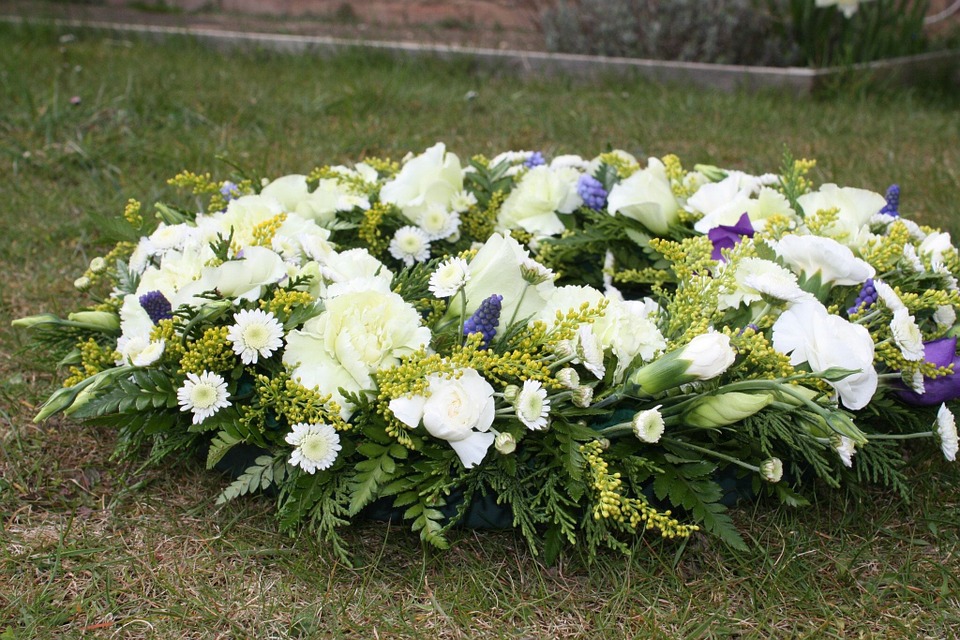If you’ve never attended a funeral, being faced with your first one can be a daunting prospect. It can be overwhelming as an adult, but especially scary for children. We have compiled some information regarding what people can expect from a funeral service to help mourners of any age prepare for their first experience. It is however important to remember that funerals are very personal occasions and therefore each and every service is unique.
Funerals don’t have to be religious occasions. Non-religious funerals, also known as humanist funerals, are conducted by a humanist funeral officer or celebrant rather than a vicar or priest. Whilst it is common for people to wear black to a funeral as a mark of respect, some people may give specific instructions not to, in order to celebrate life. The dress code is however usually formal in style – suits and ties for men.
Funerals usually begin with the mourners being present in the church or crematorium before the coffin is carried in from the hearse. Sometimes friends and family members will be coffin bearers, carrying the coffin into the funeral. If coffin bearers aren’t chosen then the funeral directors will carry the coffin. Often a piece of music or a hymn is played as the coffin enters. On some occasions, mourners will be asked to follow the coffin into the church or crematorium.
It is expected that the close family will populate the first few rows of seating and guests respectfully leave these rows vacant. Unlike a wedding, it is irrelevant which side of the aisle you choose to sit. The coffin usually remains on show for the duration of the service. It may have flowers or photographs placed on top on nearby. In a crematorium, a curtain may shroud the coffin during the service or the curtains may close at the end of the service as the coffin is lowered or moved from view. Cardboard pictorial coffins are becoming more and more popular, used as a beautiful focal point that depicts the deceased’s life and loves in images and design.
In the case of graveside burials, the coffin is moved from the location of the ceremony to the graveside. It may be the case that only close family and friends attend this part of the service.
As we have said, funerals are all different, so the order in which formalities take place may vary. You may attend a service before going to the graveside, or a cremation may take place prior to a church service or memorial.
Funerals are of course very emotional occasions and it is perfectly acceptable to show your emotions. Being prepared with some tissues or a handkerchief is advisable.
You may approach close family and friends to extend your condolences at a time that feels appropriate. Try to avoid doing this just before the funeral begins as they may feel overwhelmed and it could feel like a rushed exchange.
Funerals are usually followed by a wake, which may be held at the family home, a pub, a church hall or any other venue. Food and drink are usually made available to the mourners. This is sometimes a better time to speak with close family and friends, once the pressure of the final farewell is over. Both the printed order of service and the person officiating the funeral will provide information and guidance as to the arrangements and the family’s preferences.
It can be comforting to attend a funeral and pay your respects. People often find that the service aids the grieving process.
Go Back


